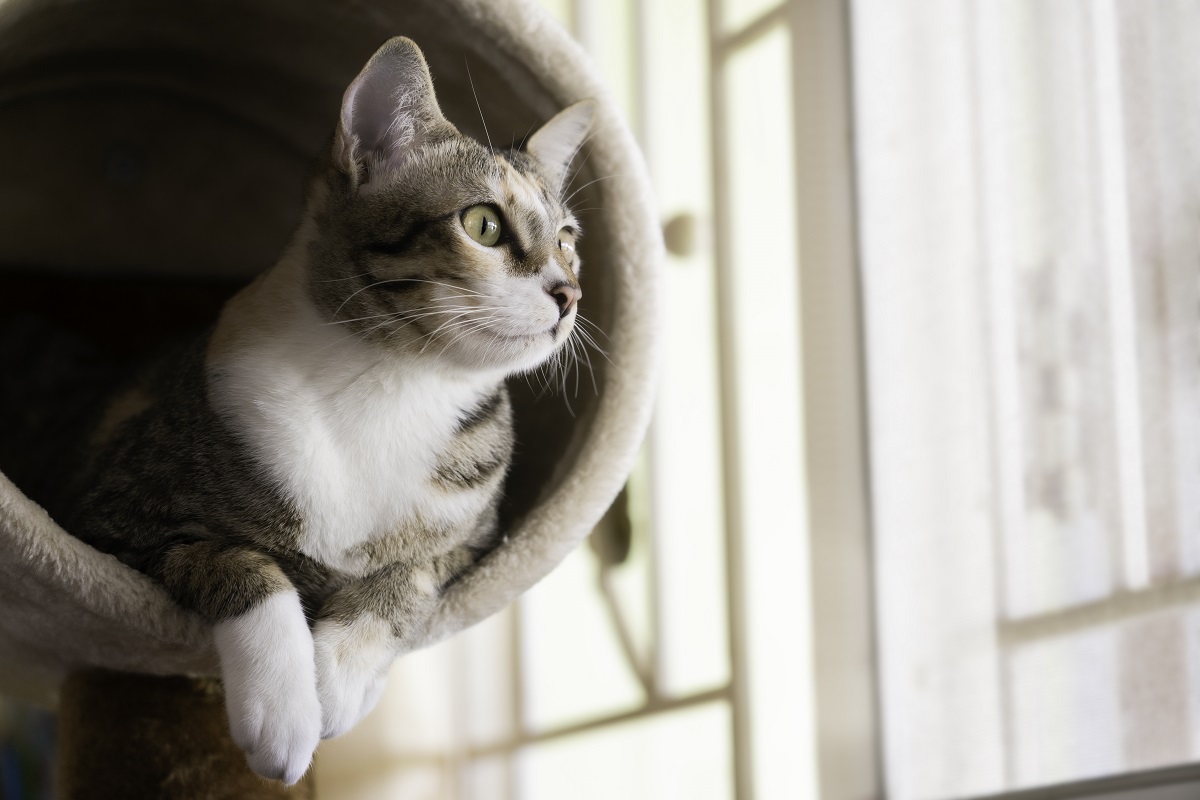RSPCA NSW has shared its top tips and tricks on how to keep your feline friend safe, happy, and healthy, this International Cat Day.
Keeping Cats Safe at Home was a project launched earlier this year by RSPCA NSW and assisted by the NSW Government through its Environmental Trust, aimed at shifting community behaviours and attitudes about what it means to be responsible for cat owner and to protect our native wildlife.
By partnering with 11 local councils, RSPCA NSW will work closely with veterinarains, wildlife groups, and animal welfare organisations over the next three years to encourage pet owners to keep their cats safe at home.
Dr Gemma Ma, Project Manager of Keeping Cats Safe at Home, said they know that roaming can very dangerous for cats.
“Unfortunately, we see this daily through our RSPCA NSW shelters and veterinary clinics, and we want to support, encourage, and equip cat owners to successfully transition their cats to a safe-at-home lifestyle.
“A cat kept safe at home will live on average 10 years longer than a cat that is allowed to roam. It’s vital that we see the figure of people keeping their cats contained increase, to improve the lives of our cats and our wildlife.”
RSPCA NSW have offered the following tips and tricks about how you can keep your cat inside, or how you can transition into doing so.
- Timing is everything – Transitioning to staying at home will take time, so remember to take it slow and be patient. Allowing your cat plenty of time to get used to a new routine can help minimise frustration and increase your chance of success. It can help to start by keeping your cat inside at night, and gradually increasing the time they spend at home during the day. Taking advantage of times when your cat will naturally prefer to be inside can also make the transition easier, such as moving house, feeding time or when it’s cold outside.
- Microchip your cat – Whether your cat already lives inside or you’re beginning the transition process, it isvital to register and microchip them, should they escape or become lost. Cats can often go unclaimed from shelters and pounds, as there is no way to contact their owner if they have no form of identification.
- Responsible outdoor time – Being an indoor cat does not mean that your furry friend can’t ever go outside again! Outdoor time can be provided using cat enclosures or cat-proof fencing so that they can get some fresh air and soak up some sun, all while being safe from danger and disease. Some cats can even be trained to explore outside on a harness.
- Cats need to scratch – If you don’t provide your cat with scratching surfaces they will find their own (most likely your furniture!). Some cats prefer horizontal scratching surfaces, others prefer vertical, and some like both.
- Provide environments to hide and explore – Cats are middle-order predators, which means they can be both predator and prey. This explains a lot of their behaviour – they need to hunt, but they also need to feel safe and are always prepared to run, hide, get up high and fight to defend themselves if required.
- Provide opportunities for predatory play – Cats evolved to hunt and eat small prey throughout the day, so eating one or two large meals out of a bowl can be unsatisfying. You can provide an enriching hunting experience by hiding or scattering food, using puzzle feeder toys, and feeding small amounts throughout the day.
- Keep cuddle times short and gentle – Cat skin is much more sensitive than ours, so pats can be overwhelming at times. Felines prefer gentle interactions and it’s important to build your cat’s trust by allowing them to initiate and control physical contact. Consent for cat cuddles is important!
- Ensure your cat is desexed – As the temperature rises, feline intake at RSPCA NSW increases by eight times, and up to 500 kittens can come through our doors each week. In just two years, a pair of undesexed cats can lead to 20,000 kittens. Desexing is vitally important to prevent unwanted pregnancies and keeps your beloved feline friend healthy.
To stay up-to-date on the latest industry headlines, sign up to the Pet Industry News e-newsletter.

